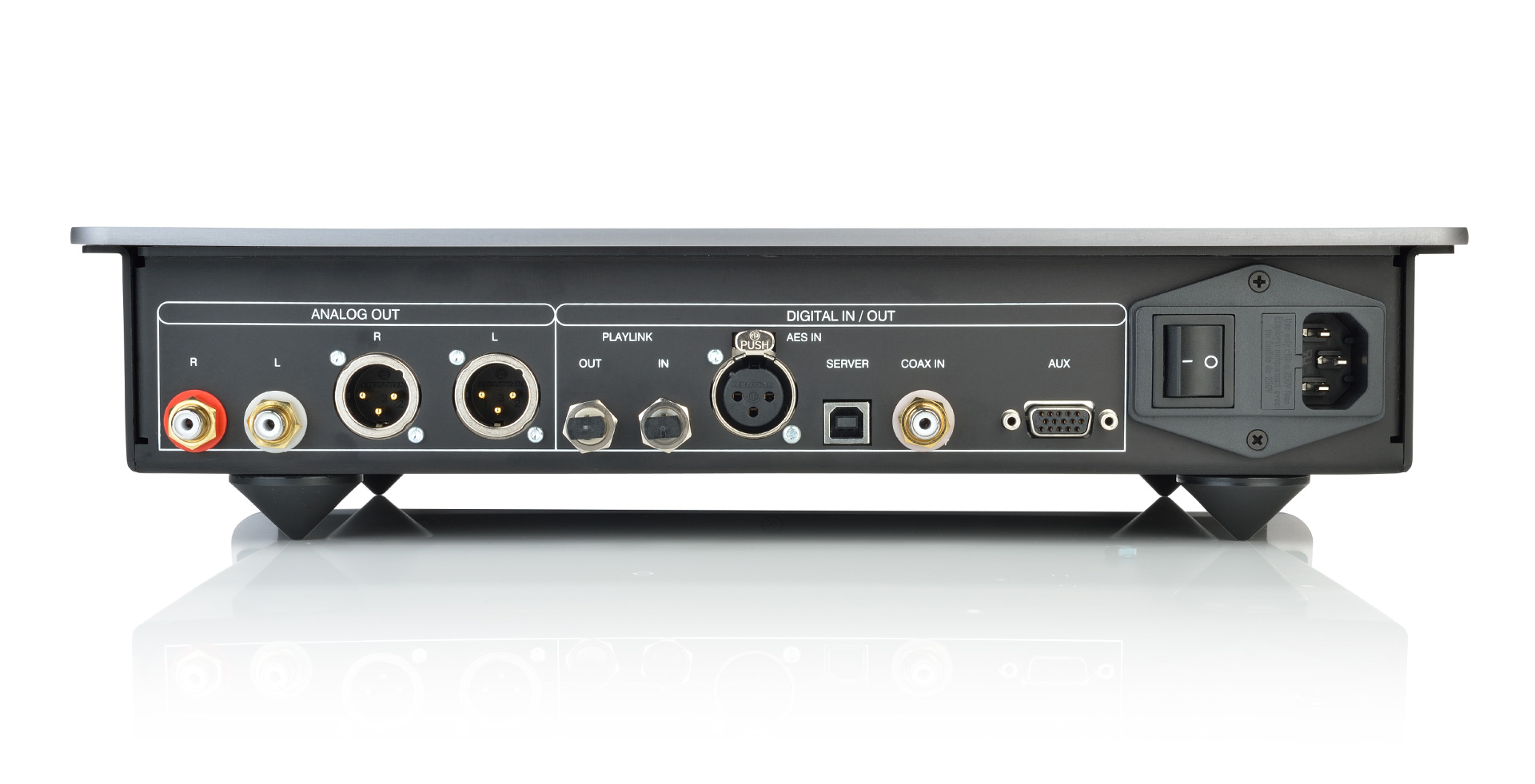The Rise of Playback digital: Transforming How We Experience Music
Playback Digital has revolutionized how we consume music, ushering in an era of unprecedented access, convenience, and personalization. This article delves into the key aspects of Playback Digital, exploring its evolution, impact on the music industry, and the future of music consumption.
1. The Evolution of Playback Digital
The journey of Playback Digital can be traced back to the early days of the internet, with the emergence of file-sharing platforms like Napster. While initially met with controversy due to copyright concerns, these platforms demonstrated the growing desire for digital music consumption.

The development of MP3 players, spearheaded by devices like the iPod, further fueled the digital music revolution. These portable devices offered users the freedom to carry vast music libraries in their pockets, transforming the way people listened to music on the go.
The launch of online music stores like iTunes marked a significant turning point. By offering legal and convenient access to a vast catalog of music, these platforms provided a viable alternative to illegal file-sharing. The introduction of subscription-based streaming services like Spotify and Apple Music further democratized access to music, allowing users to stream millions of songs on demand for a monthly fee.
2. Key Components of Playback Digital
Playback Digital encompasses several key components:

Streaming Services: These platforms, such as Spotify, Apple Music, YouTube Music, and Amazon Music, offer on-demand access to vast music libraries. Users can stream music over the internet, often with personalized recommendations and curated playlists.
3. Impact on the Music Industry
Playback Digital has profoundly impacted the music industry in several ways:
Shifting Revenue Models: The decline of physical music sales has forced the industry to adapt. Revenue streams have shifted towards streaming subscriptions, advertising revenue, and live performances.
4. The Future of Playback Digital
The future of Playback Digital is likely to be characterized by several key trends:
Increased Personalization: Streaming services will continue to refine their algorithms to provide increasingly personalized listening experiences, anticipating user preferences and offering tailored recommendations.
5. Conclusion
Playback Digital has transformed the music industry and the way we consume music, offering unprecedented access, convenience, and personalization. While challenges remain, such as fair compensation for artists and the environmental impact of streaming, the future of Playback Digital holds immense potential for innovation and creativity. As technology continues to evolve, we can expect even more exciting developments in the way we discover, listen to, and experience music.
This article provides a comprehensive overview of Playback Digital, covering its evolution, key components, impact on the music industry, and future trends. It aims to provide a clear and concise understanding of this transformative force in the music world.

